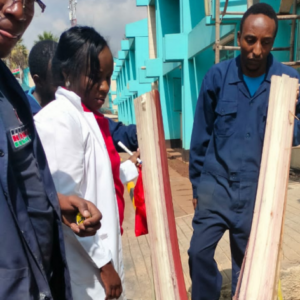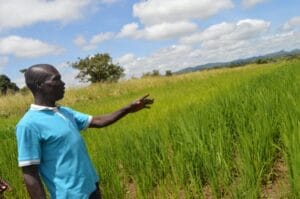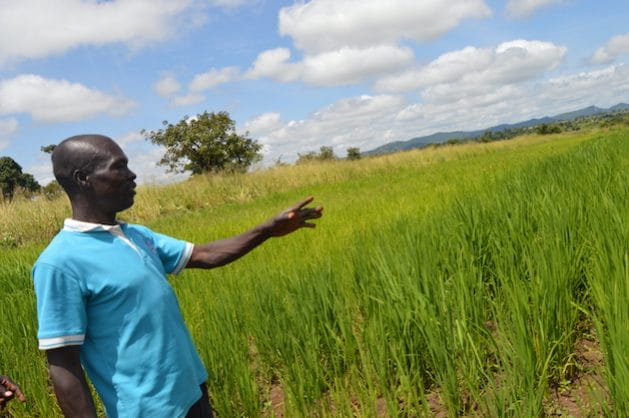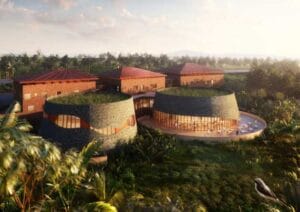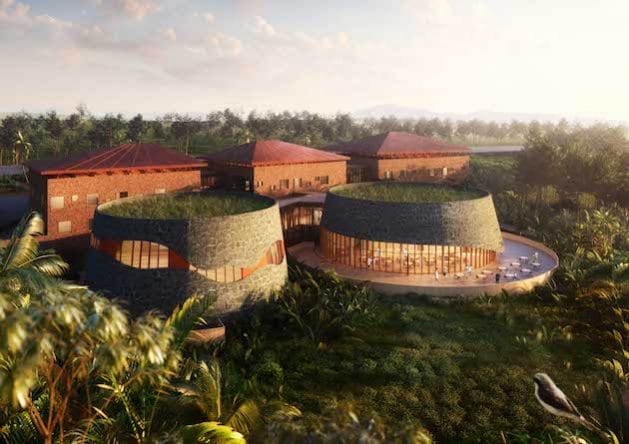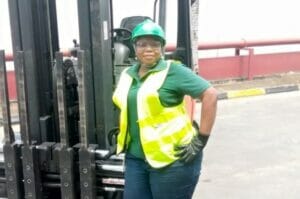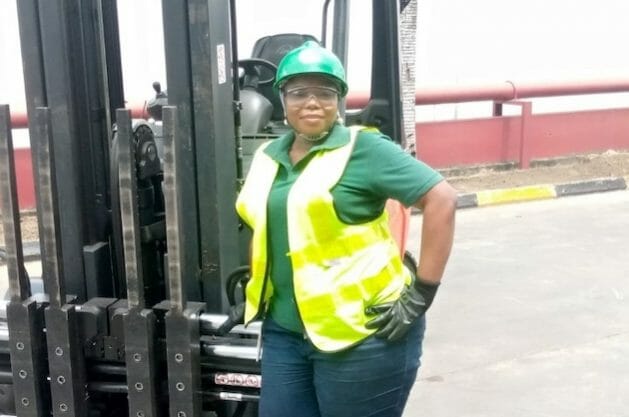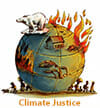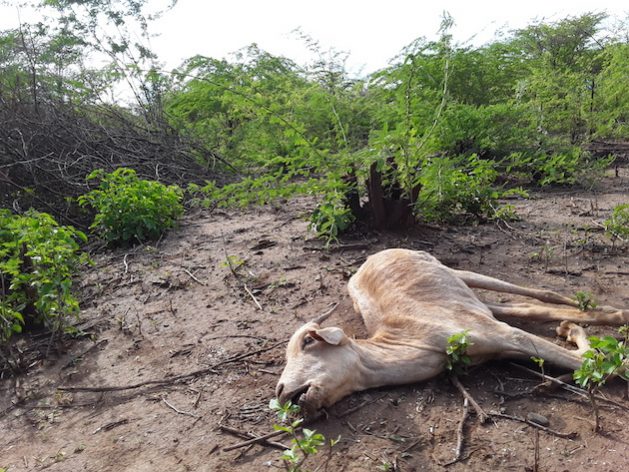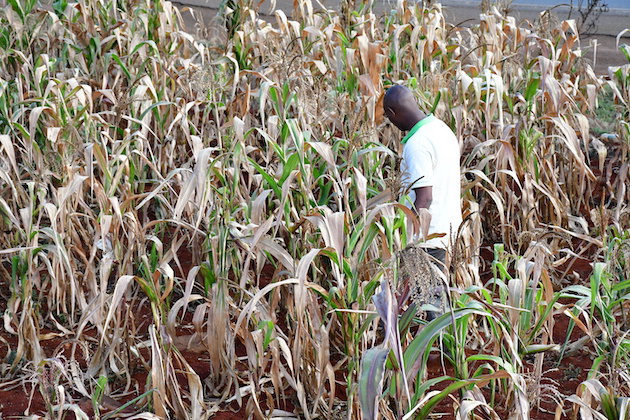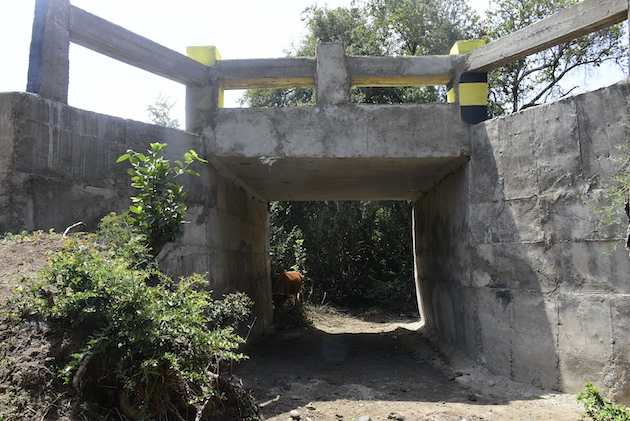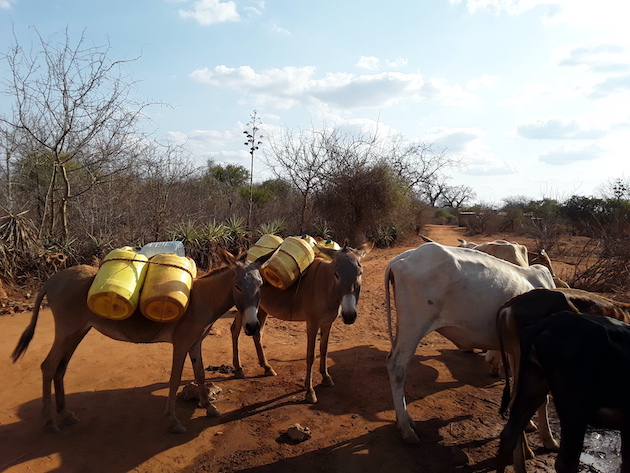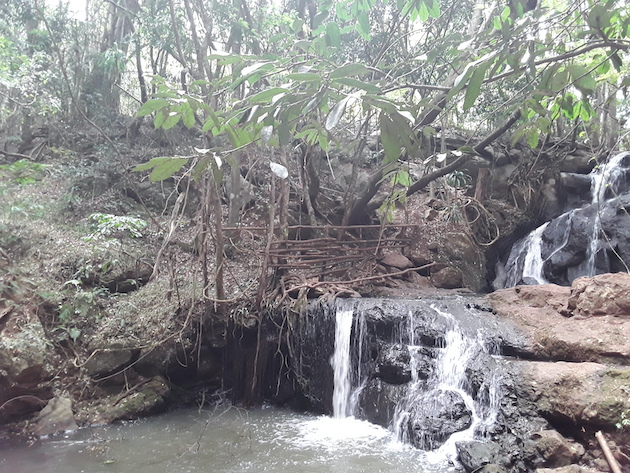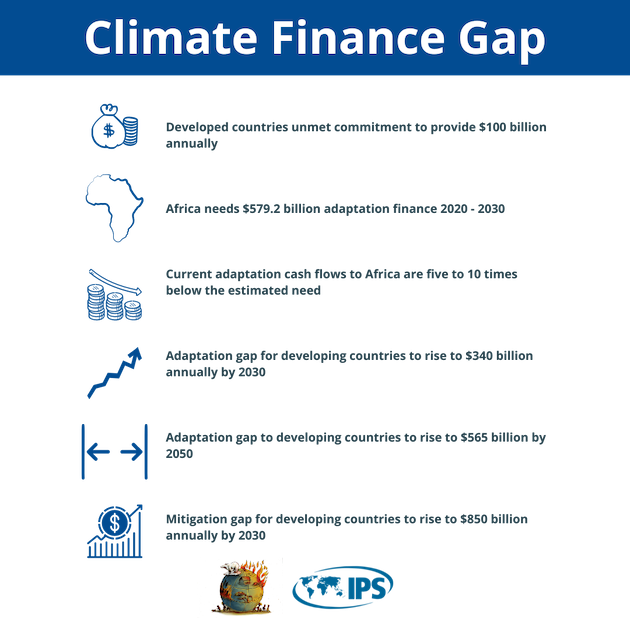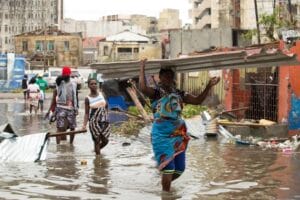
Africa, Civil Society, Climate Action, Climate Change, Climate Change Finance, COP28, Editors’ Choice, Energy, Environment, Featured, Headlines, Human Rights, Humanitarian Emergencies, Sustainable Development Goals, TerraViva United Nations
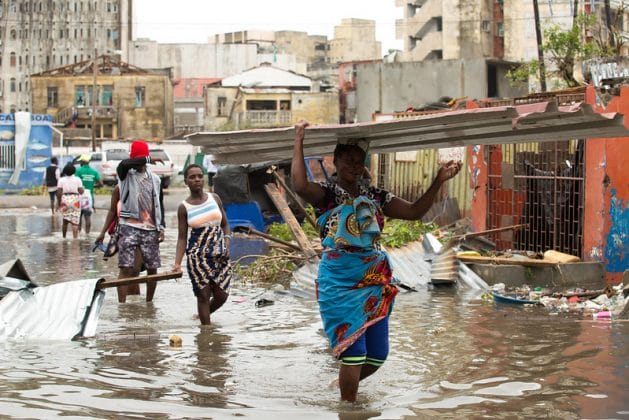
Climate change impact on Africa has been devastating as this photo taken in the aftermath of Cyclone Idai in Mozambique shows. Credit: Denis Onyodi / IFRC/DRK
– A just transition should be viewed as an opportunity to rectify some of the wrongs where women are not prioritised in the energy mix, yet their experience of the impact of climate change is massive, says Thandile Chinyavanhu, a young South African-based climate and energy campaigner with Greenpeace Africa.
Recent UN scientific research on the state of the climate change crisis and ongoing climate action reveals that the window to reach climate goals is rapidly closing. The world is not on track to reach the goals set out in the Paris Agreement, which commits all countries to pursue efforts to limit the global temperature increase to 1.5°C above pre-industrial levels.
To achieve this goal, emissions must decrease by 45% by 2030 and reach net zero by 2050. Ahead of COP28 in Dubai, United Arab Emirates (UAE), expectations are high that a clear roadmap to net zero progress will be reached, bringing issues of energy, a global energy transition, and energy security into sharp focus.
The energy sector has a significant impact on climate as it accounts for an estimated two-thirds of all harmful greenhouse gas emissions. The burning of fossil fuels is the primary cause of the ongoing global climate change crisis, significantly altering planet Earth. The issue of energy and climate is of particular concern to African countries, especially the Sub-Saharan Africa region, as they also relate to increased vulnerabilities for women, especially rural women. The intersection between energy security and economic growth, poverty reduction, and the empowerment of women and girls is not in doubt.
Still, despite access to reliable, affordable, and sustainable energy for all being articulated under the UN’s SDG 7, one in eight people around the world has no access to electricity. In sub-Saharan Africa alone, nearly 600 million people, or an estimated 53 percent of the region’s population, have no access to electricity. Currently, less than a fifth of African countries have targets to reach universal electricity access by 2030. For some, the silver bullet is to dump fossil fuels and go green; for others, it is an urgent, just, and equitable transition to renewables.
IPS spoke to Chinyavanhu about her role as a social justice and climate activist. She says she wants to contribute to climate change mitigation, ensuring that people and cities are prepared for climate change and can adapt to what is coming.
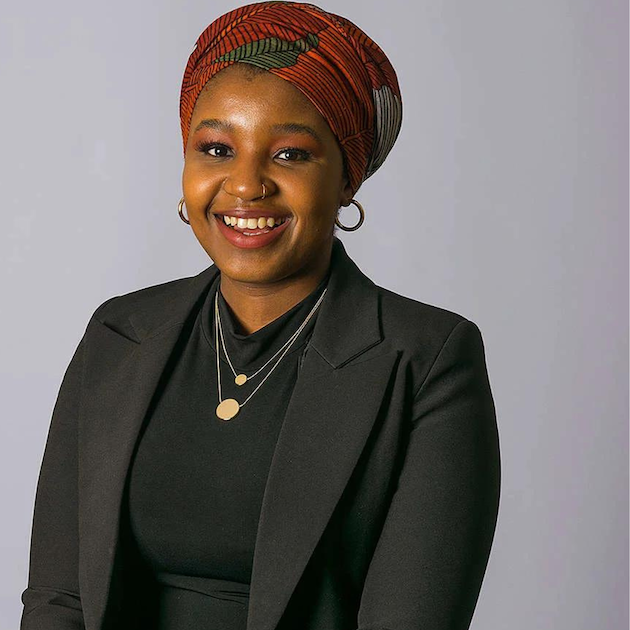
Thandile Chinyavanhu
Here are excerpts from the interview.
IPS: Why are current energy systems untenable, considering the ongoing climate change crisis?
Chinyavanhu: On going green and dumping fossil fuels, there are several issues at play, and they vary from country to country. Fossil fuels—coal, oil, and gas—are by far the largest contributors to global climate change, as they account for more than 75 percent of global greenhouse gas emissions and nearly 90 percent of all carbon dioxide emissions. South Africa, for instance, has a big coal mining industry and is one of the top five coal-exporting countries globally. The country relies heavily on coal for about 70 percent of its total electricity production. We need to move away from energy consumption models that are exacerbating the climate crisis, but we must also ensure that we are centred on a just transition.
IPS: What should a ‘just energy transition’ look like for Africa and other developing nations?
Chinyavanhu: Overall, we are looking at issues of socio-economic development models that leave no one behind. To achieve this, renewable energy is the pathway that provides us with energy security and accelerated development. We have serious energy-related challenges due to a lack of preparation and planning around the energy crisis. The challenge is that Africa needs energy and, at the same time, accelerates its development in a manner that leaves no one behind, be it women or any other vulnerable group that is usually left behind in policy responses.
There is a need to address challenges regarding access to energy for all so that, in transitioning to clean energy, we do not have any groups of people being left behind, as has been the case. This is not so much a problem or challenge as an opportunity for countries to address gaps in access to energy and ensure that it is accessible to all, especially women, bearing in mind the many roles they play in society, including nurturing the continent’s future workforce. A just energy transition is people-centred.
We must recognise and take stock of the economic impact that moving from fossil fuels to clean energy could have on people and their livelihoods, such as those in the mining sector. It is crucial that people are brought along in the process of transition, giving them the tools and resources needed for them to be absorbed into new clean energy models. There is a very deep socio-economic aspect to it because people must be given the skills and capacities to engage in emerging green systems and industries.
IPS: As a young woman activist, what do you think the roles of women in an energy transition are?
Chinyavanhu: Women are generally not prioritised, and so they do not have the same opportunities as men, even in matters of climate change adaptation and mitigation, and this is true for sectors such as agriculture and mining. Women have great economic potential and have a very big role to play towards a just energy transition as key drivers of socio-economic progress.
In the green energy space, economic opportunities are opening up. Men are quickly taking over the renewable energy industry, but there are plenty of opportunities for women to succeed if given the right resources. We are at a point in time when we have the opportunity to leave behind polluting technologies and, at the same time, address some of the key socio-economic challenges that have plagued societies for a long time.
This transition should be viewed as an opportunity to rectify some of those wrongs in a way that is people-centred and inclusive. No one should be left behind. It is really about building harmony with nature while also addressing many of the socio-economic issues that plague us today. This is more of an opportunity than a hurdle. It is about understanding and rectifying systems’ thinking that contributes to women being left behind. It is important that we see the bigger picture—identify and acknowledge that different groups—not just women, but any identifier that places people at a point of vulnerability—have been left furthest behind. The energy transition process has presented an opportunity to make it right.
IPS UN Bureau Report

